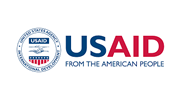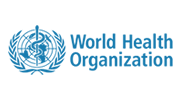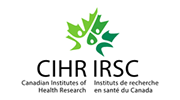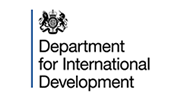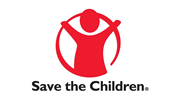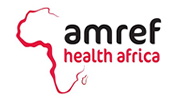The intersections among war, displacement, and HIV/AIDS in Northern Uganda is striking. Study was initiated in response to the need for
evidence-based research addressing HIV related vulnerabilities among post-conflict populations in Northern Uganda.
Funded by Canadian Institute of Health Research (CIHR), the study ran from 2011 to 2016.The overall goal of the project was to study temporal trends in the prevalence and incidence of HIV and other sexually transmitted infections and associated risk factors among the population aged 13–39 years in (Gulu and Amuru districts) in Northern Uganda-the areas which were most severely impacted by the protracted war between the Government of Uganda and the Lord’s Resistance Army (LRA).
The study also sought to characterize the effects of war associated trauma on HIV and STI-related vulnerability, including the impact of trauma on formerly abducted children. The project also looked to identify individual, socio-cultural and structural factors associated with barriers to access and utilization of HIV care services as conflict-affected populations resettle from Internally Displaced People camps to villages.
The study found that the main drivers of HIV infection among women in Cango Lyec include: war-related sexual violence, not using condoms with their most recent sexual partner in the past year, active syphilis, probable depression, and urbanization
The prevalence of HIV among Cango Lyec participants was estimated to be 14.2% in Gulu, 11.8% in Nwoya, and 7.7% in Amuru District. The prevalence of HIV among women was significantly higher than among men Of concern was HIV prevalence in the urban community in Layibi, Gulu municipality, where 12.4% of men and 19.7% of women tested positive. Our preliminary assessment for HIV incidence based on 2 rounds of testing was 1.6 per 100 person yrs. These findings are much higher than the national prevalence (UAIS, 2011)).
